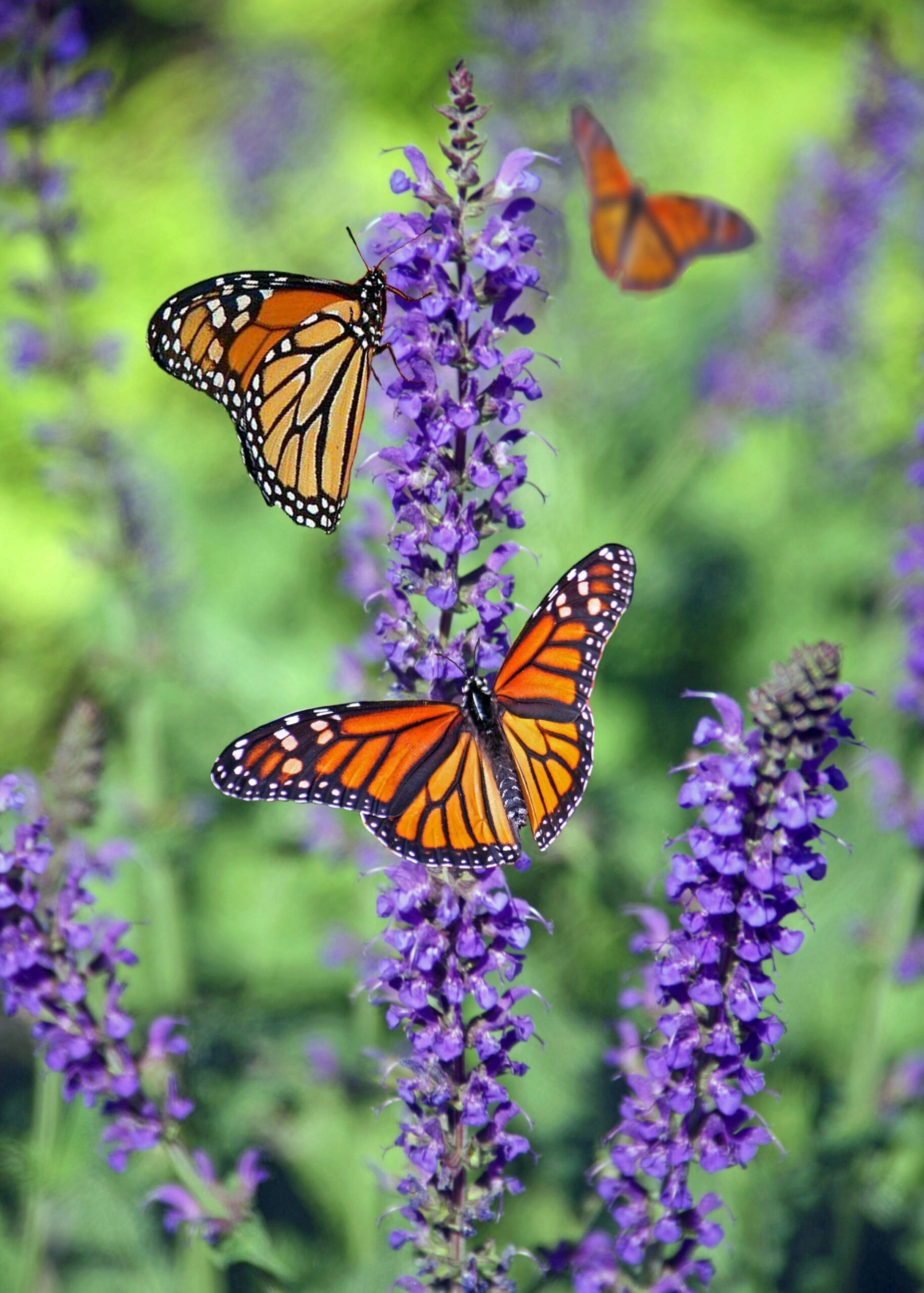Cover crops consist of many different types of plants, usually annual, biennial or perennial grasses or legumes, which are grown to cover the surface of the soil. After they are tilled or dug into the soil, they are known as green manures.
Benefits of cover crops
- Cover crops act like a blanket and prevent soil loss from wind and water erosion.
- Their roots hold the soil in place, and help to improve soil structure. During the process of decomposition, microorganisms and the decomposing cover crops produce sticky substances that glue soil particles together. This opens up air channels and also increases the water holding capacity of the soil.
- Cover crops keep weed species in check by covering the soil surface and decreasing sunlight available for weed seed germination. Additionally, some grasses, such as winter rye exhibit a property know as ‘allelopathy’. Their roots, when tilled into the soil, prevent seeds from germinating until the plant has decomposed.
- Crops in the legume family, such as hairy vetch, planted with specific types of bacterial inoculants, have the ability to develop special structures on their roots that store nitrogen and make it available as the crop is dug or tilled under.
- Many cover crops reduce pest insect populations by serving as habitats and food sources for beneficial insects.
Early Spring Care
- Cut the rye before it reaches knee-high, then dig or till or crop remains in. Wait two weeks for decomposition to occur prior to planting spring seeds. Enjoy your best garden ever, knowing that you have worked to prepare fertile, moisture-retentive, biologically alive soil.


Crop and Planting Specifics
-
- Best choices for fall planting include Winter rye and Hairy vetch. Often a mix of rye and vetch is planted. Austrian winter pea is slightly less hardy
- Plant by mid–late September as crops are harvested.
- Prepare seedbeds by digging thoroughly, adding an inch or so of decomposed compost mixed into the top 4 – 6 “ of soil. Make sure large clumps are broken up.
- Water the area well prior to planting the cover crop seed.
- Follow directions on the seed package for seed sowing (Winter rye: 4 – 6 oz per 100 square feet, Hairy vetch: 2 – 3 oz per 100 square feet).
- Rake seed lightly into the top 1⁄4 – 1⁄2” of soil, lightly pressing it in with a hoe.
- Cover with light layer of straw or chopped leaves.



